Why do birds build nests?
Birds build nests so their babies have a safe place to live until they are old enough to leave. Once a nest is built, birds lay their eggs there and look after the eggs till they hatch. They then take care of the babies till they can look after themselves. The time of the year they start building their nests is known as the nesting season.
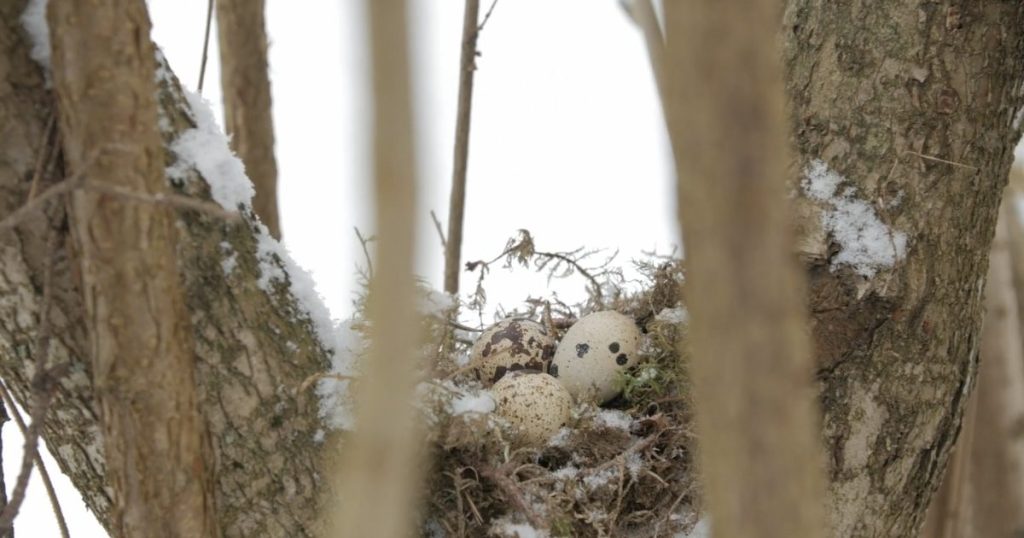
Why do some birds built their nest in our home?
Birds build their nests wherever they think it is safe, where other animals won’t attack the eggs and young babies. It can be on trees or even in buildings and window ledges.
What materials do birds use to build nests?
Birds use a variety of materials to build their nests. They use organic materials such as twigs, grass, and leaves or maybe simple depression in the ground or a hole in a root or on a tree or building. They also use strings, plastic cloth, or paper.
Male or Female birds will build a nest?
In some species of birds, both the male and the female birds work in pairs tirelessly to build their nest. The female bird lays eggs in the nest. The eggs are incubated for a few days to a few weeks. In most birds, the male and the female take turns to incubate the eggs. In some birds, only the female incubates the eggs. Babies emerge after breaking the eggshells. The mother and father take care of their nestlings until they start flowing.
What time do birds build their nest?
Nesting season starts in late March. April is a big month, and in May, you see baby birds everywhere. They’re starting to come out of the nest.
Why should the old nest be removed?
We want to clear the old nest because parasites get in the nest, these light fleas or something, but they’ll be in there.
You need to get the old nesting material out and let it dry. Shut the box. They’ve got about two weeks between those cycles. Then, in about two and a half weeks, they’re back in building another nest and don’t worry about throwing their own nest away. They’re good at building this quickly and will start a fresh nest without insects.
Birds and their nest:
Birds have created diverse ways of building nests to protect the next generation. However, predators are the biggest threat to nesting birds.
Here we see some birds and their nesting habit,
In a Hole:
Holes and burrows in trees, cacti, walls, and cliffs make terrific nesting spots for some bird species. Some use existing holes, and others, like the woodpecker, carve out cavities to build their nests.
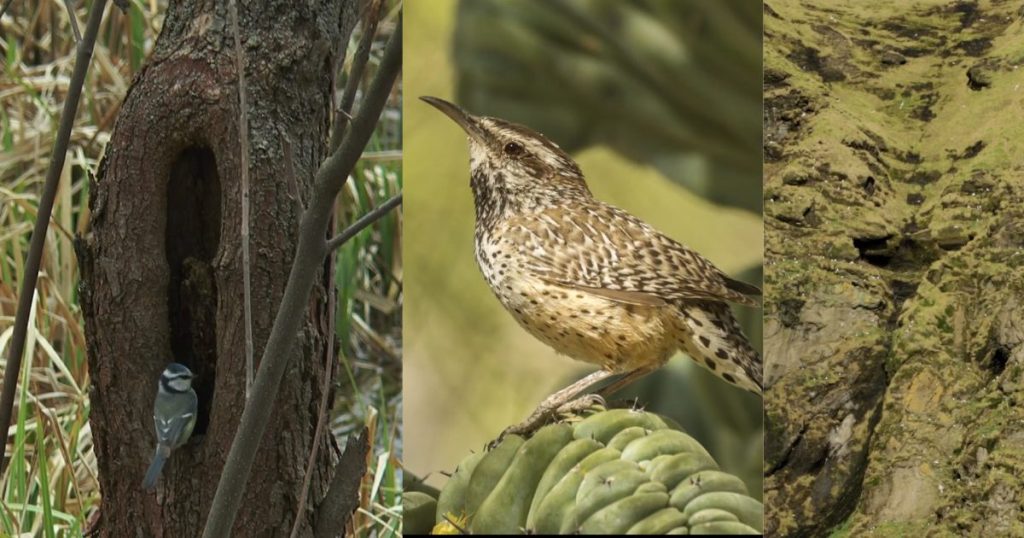
Rotten trees are perfect places for chickadees to dig out nesting holes.
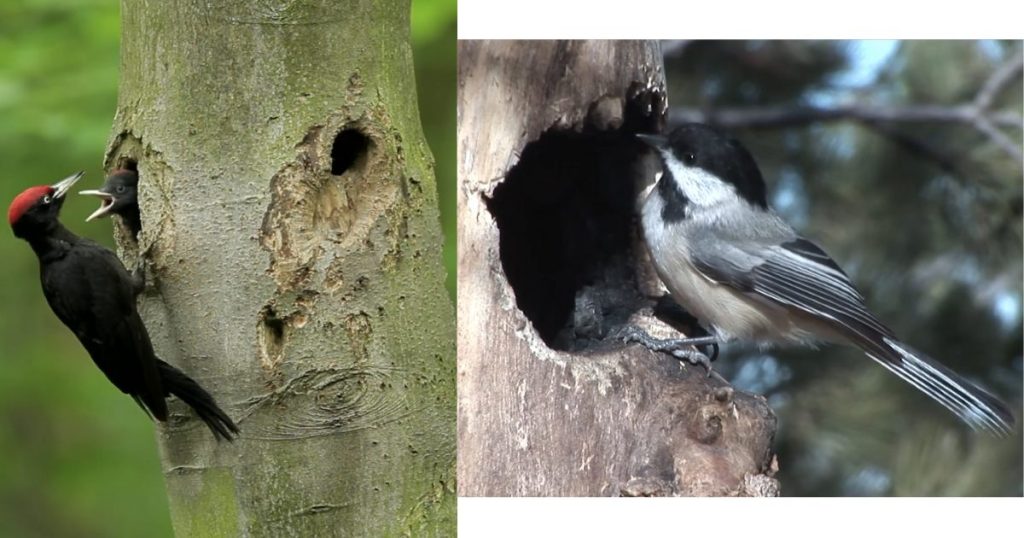
A house sparrow will cram a nest into any crevice it can. As a result, their nests look messy, with string, bits of paper, feathers, weeds, and trash all stuck together.
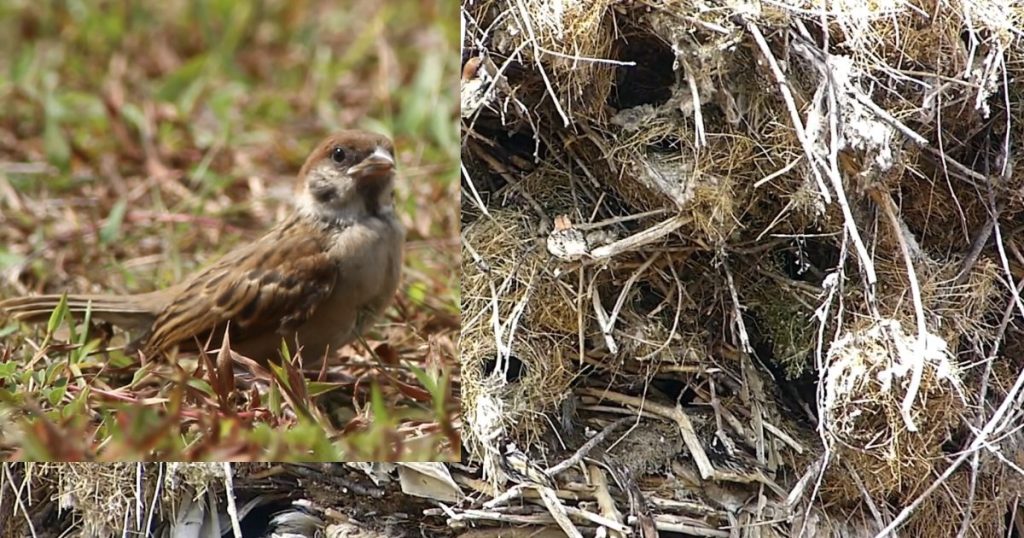
Domed Nests:
Ovenbirds may create rounded, domed nests out of mud, which bakes in the sun and hardens. These nests are often found on fence posts or tree branches.
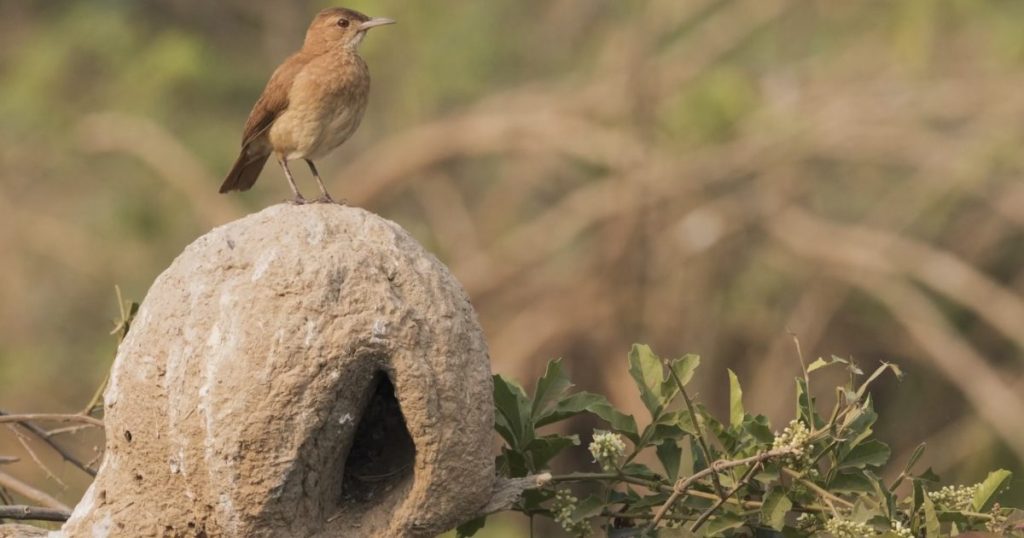
Cliff swallows will plaster their rounded nests made out of mud and clay right to the vertical face of a cliff. These nests have a tubular entrance on one side.
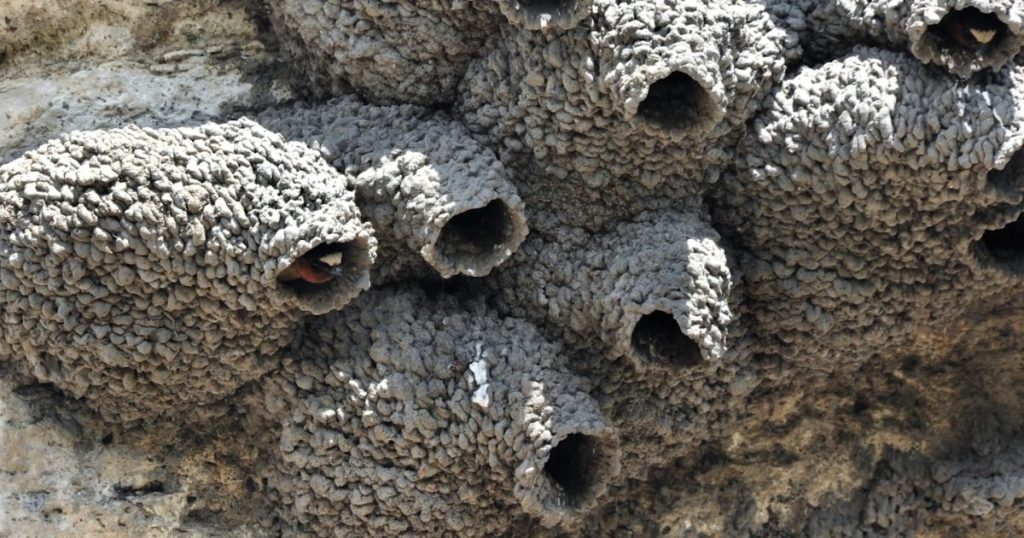
Other birds create their domed nests out of grasses.
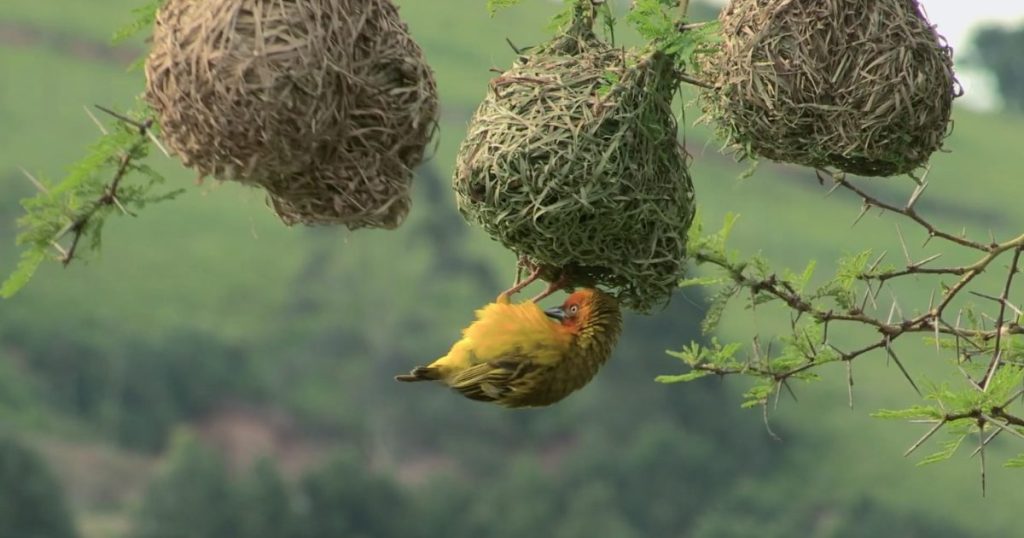
Hanging Nests:
Some birds use grasses in other ways; grasses are tied and woven together to create beautiful, tear-drop-shaped hanging nests for a variety of species.
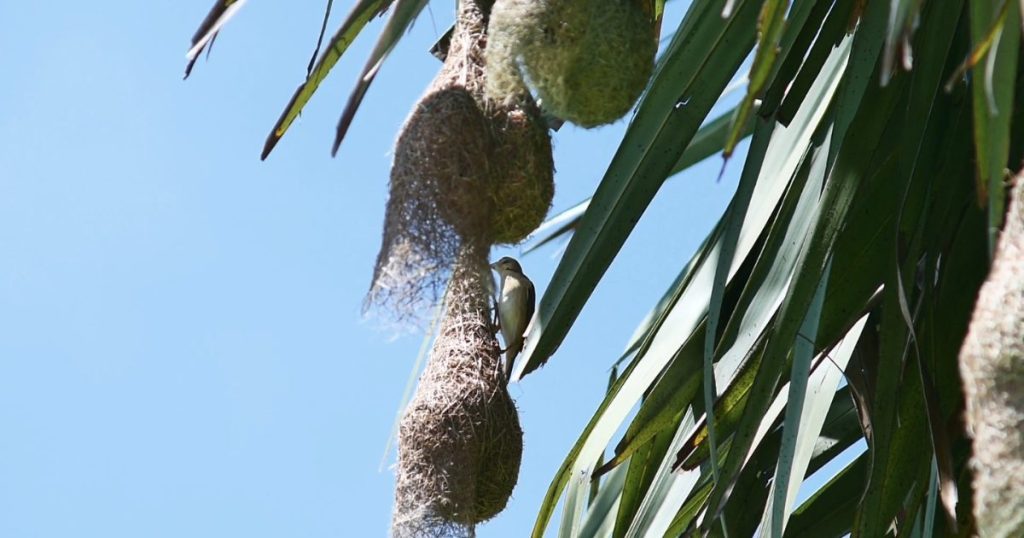
These bag-like nests have a chamber for eggs and baby birds. They may have an opening at the top or on the side. These nests may sometimes hang over the water, making access difficult for predators.
The male weaver bird begins making a nest using long, fresh grasses, and the female weaver chooses a mate according to his nest-building abilities. She then helps finish off the nest before laying her eggs.
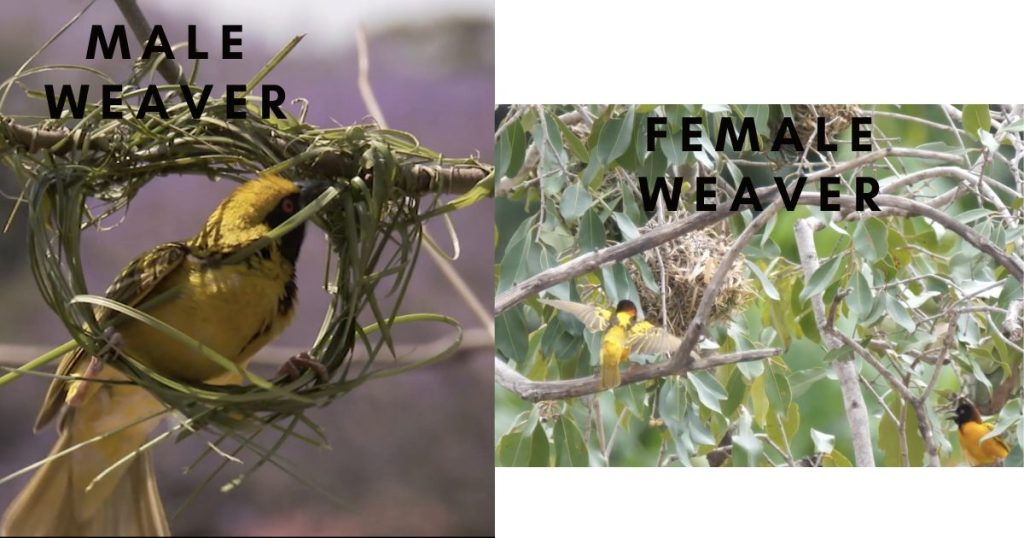
Tailorbirds of southeast Asia turn large leaves into nesting funnels.
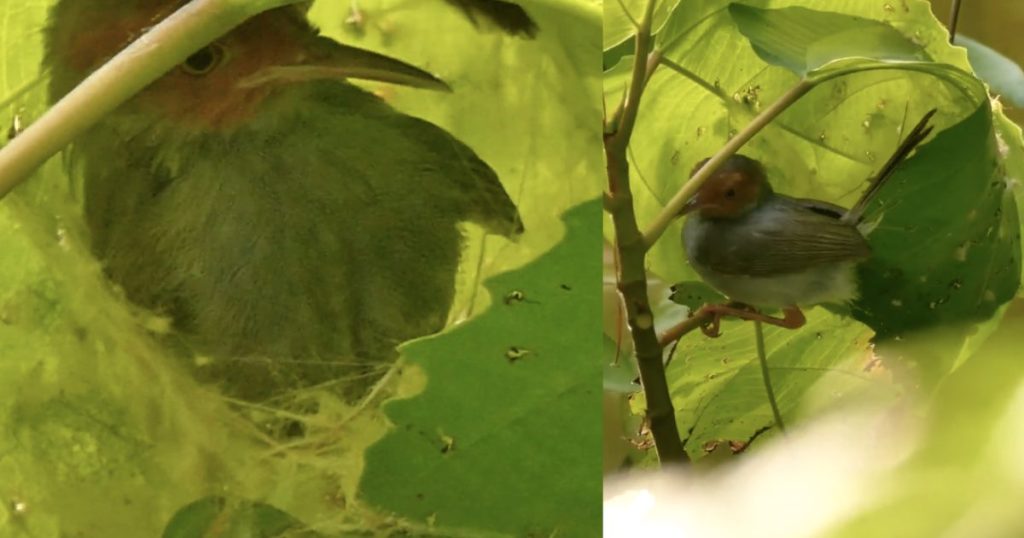
While the male stands guard, the female sews the leaf edges together in a fascinating way using her sharp, precise beak as a needle. The funnels are then lined with soft grasses to hold their eggs.
Cup-Shaped Nests:
The cup-shaped nest is the most commonly recognized.
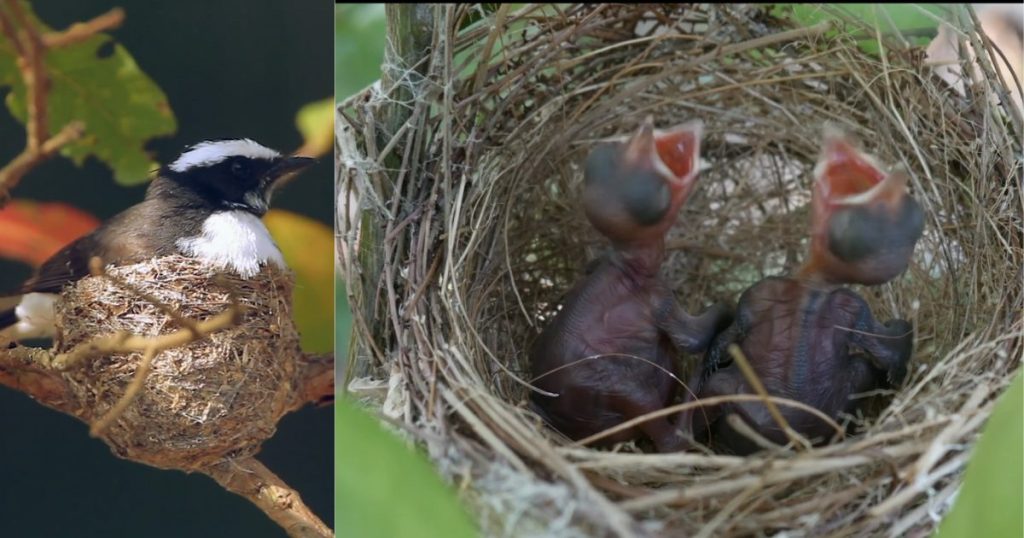
It can be found in trees, bushes, or on ledges. Sticks and twigs are often used and held together with mud, fibers, grasses, moss, string, or even, in some cases, the bird’s spit. Females often build the nests, but sometimes males bring nesting materials or help in the nest’s construction. Nests may be lined with grass or animal hair.
Hummingbirds are known to hold their nesting materials together with spider webs.
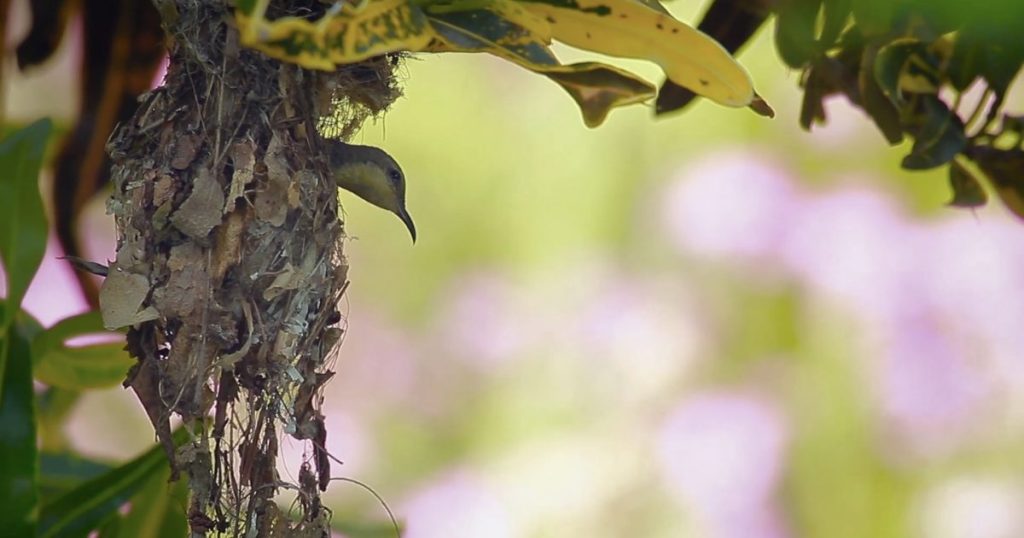
Platform Nests:
Massive platform nests are used by large bird species such as storks and eagles.
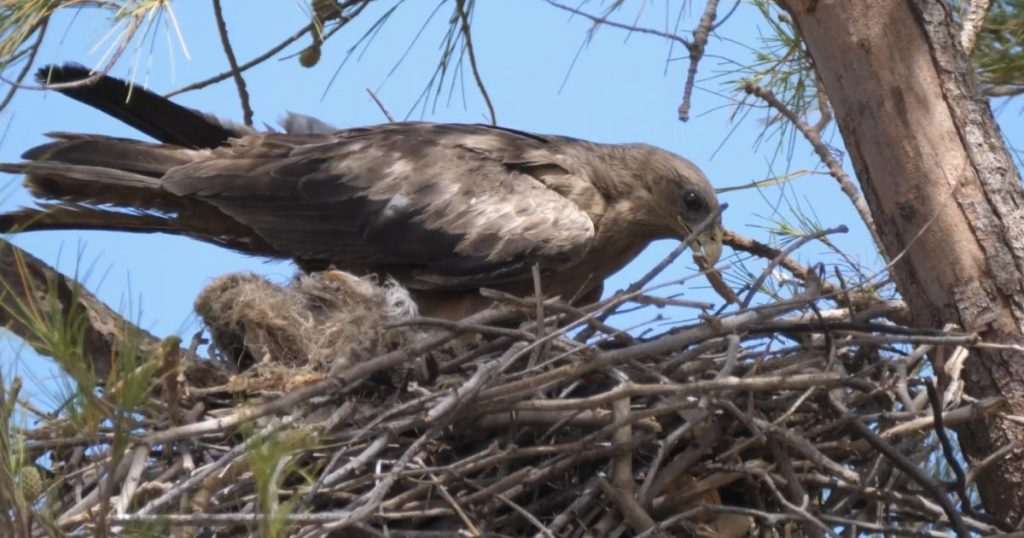
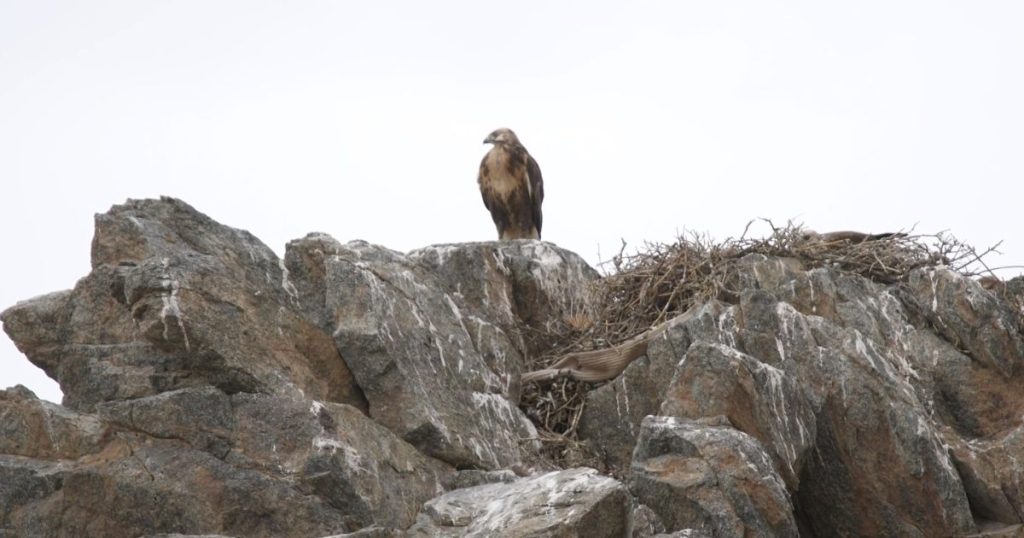
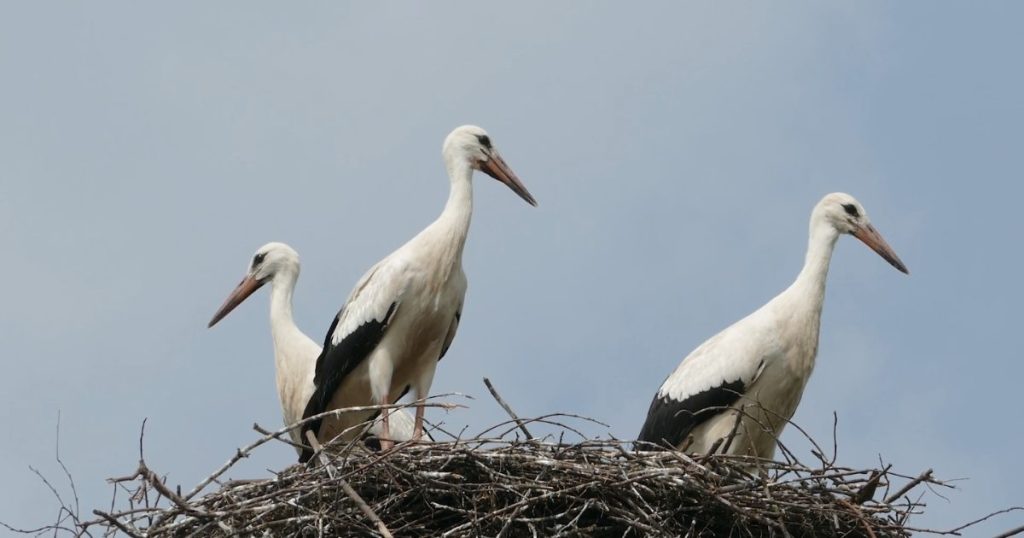
Built from large sticks, these nests are strong enough to support the weight of these big birds and their babies. Many birds will reuse these nesting sites for several years and improve upon their nests over time, creating enormous structures that can weigh over a ton.
Birds that lay eggs on the ground:
Some birds do not build traditional nests at all. For example, Killdeers lay their eggs directly on the ground in sheltered places, where the speckled eggs are camouflaged by their environments.
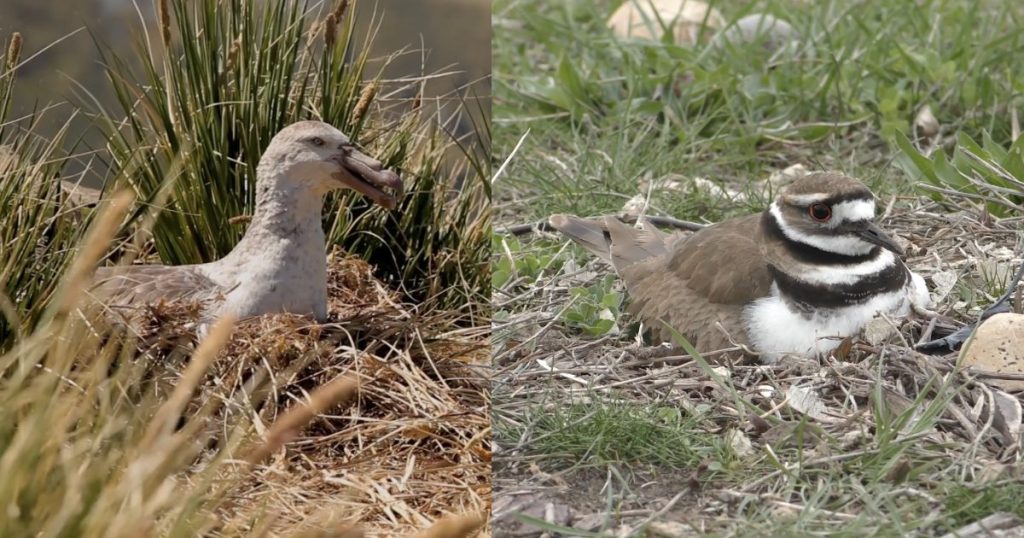
Other birds will scrape shallow holes in the ground with their feet or bellies. They may add a lining of feathers, grass, or pebbles. These nests are called scrape nests and are used by birds such as terns, gulls, penguins, ducks, and vultures.
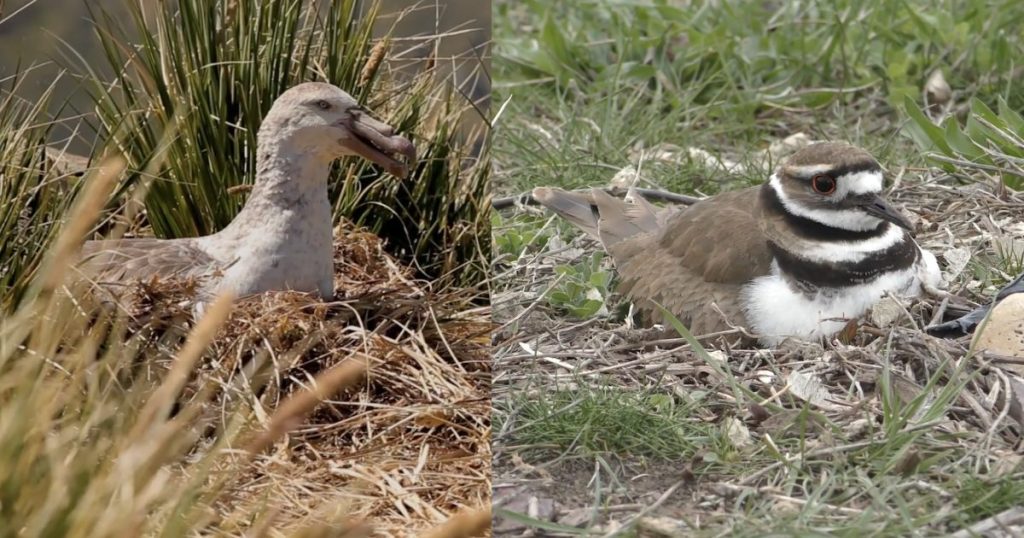
Meadowlarks and pipits nest on the ground but build grass domes around their nests to disguise them from above. The female enters the nest by tunneling through the surrounding grasses.
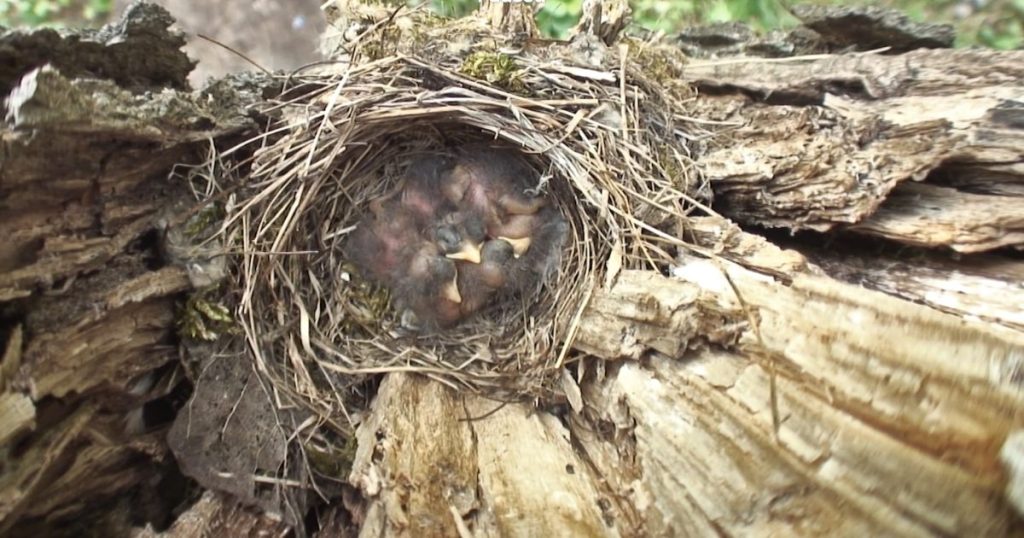
The Australian mallee fowl creates a giant heap of sand and rotting leaves. The female buries her eggs in this pile, and the heat from the decomposing leaves incubates the eggs.
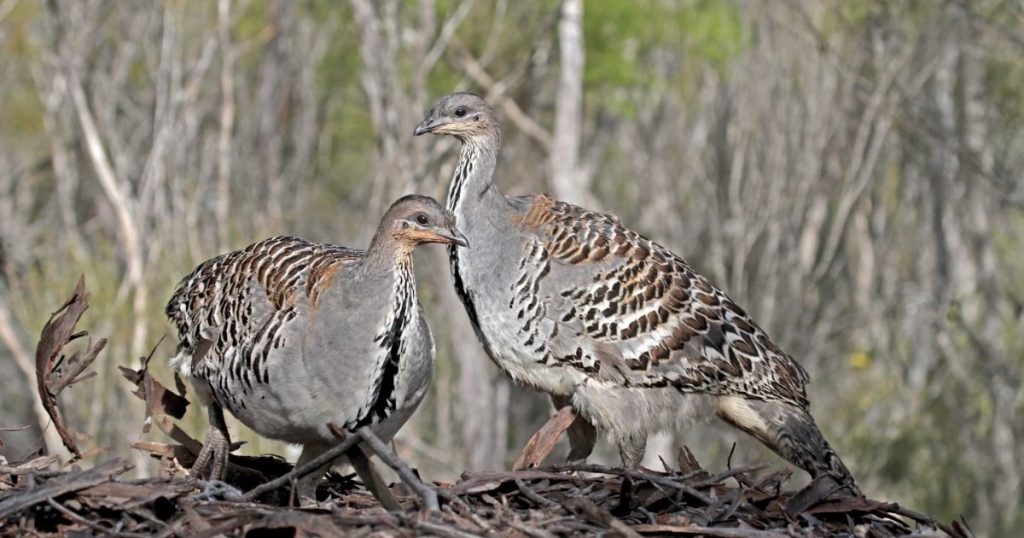
Most flamingo species also use mound nests.
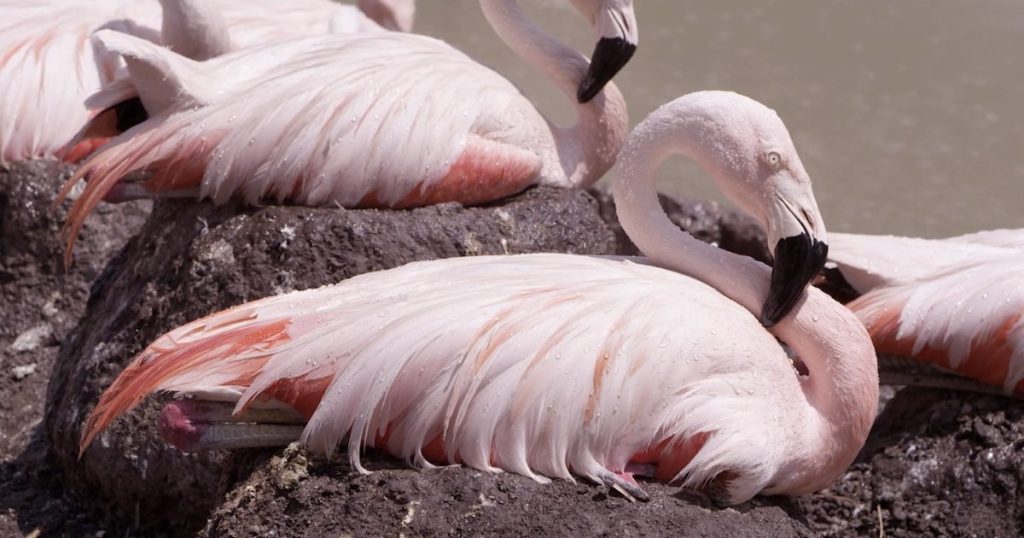
Communal Nesting:
There is safety in numbers for some bird species.
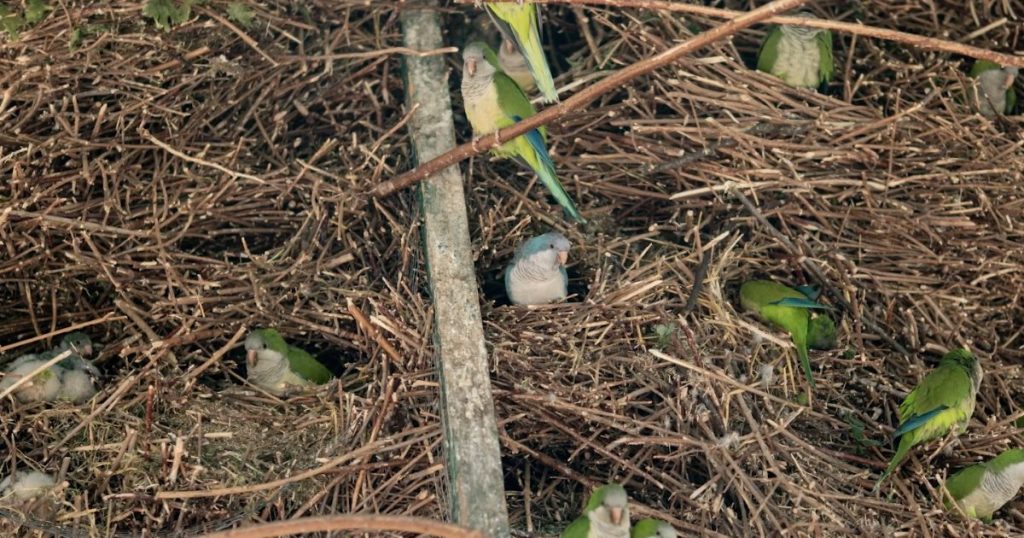
For example, the monk parakeet of Argentina and Brazil builds a communal nest with several dozen birds, who work together to build a huge nest out of twigs in a treetop. Each pair of birds will take up an “apartment” in the nest.
Rooks build communal nests called rookeries, where several hundred nests may be found.
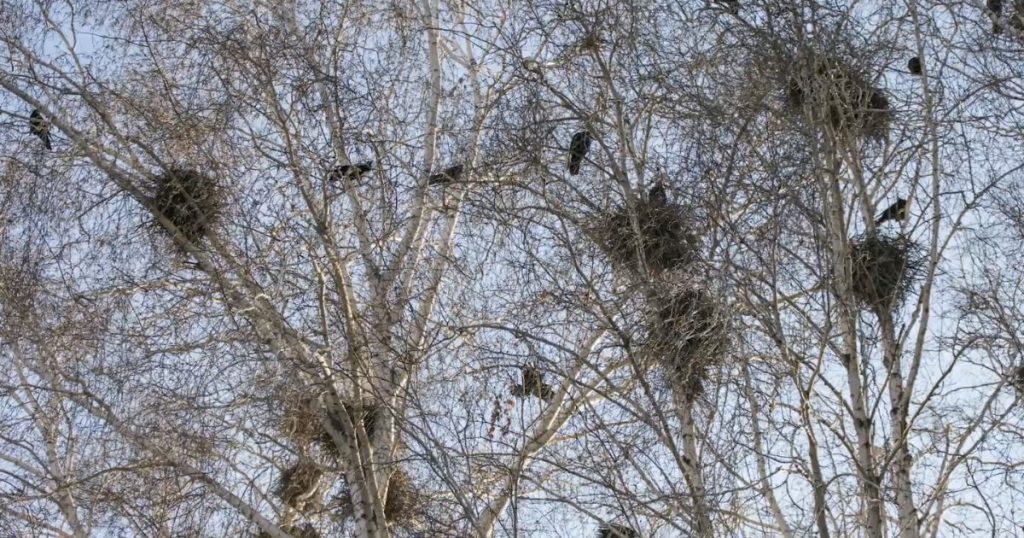
Many types of sea birds also nest in communal areas.
Nest Parasites:
Some birds are called nest parasites.
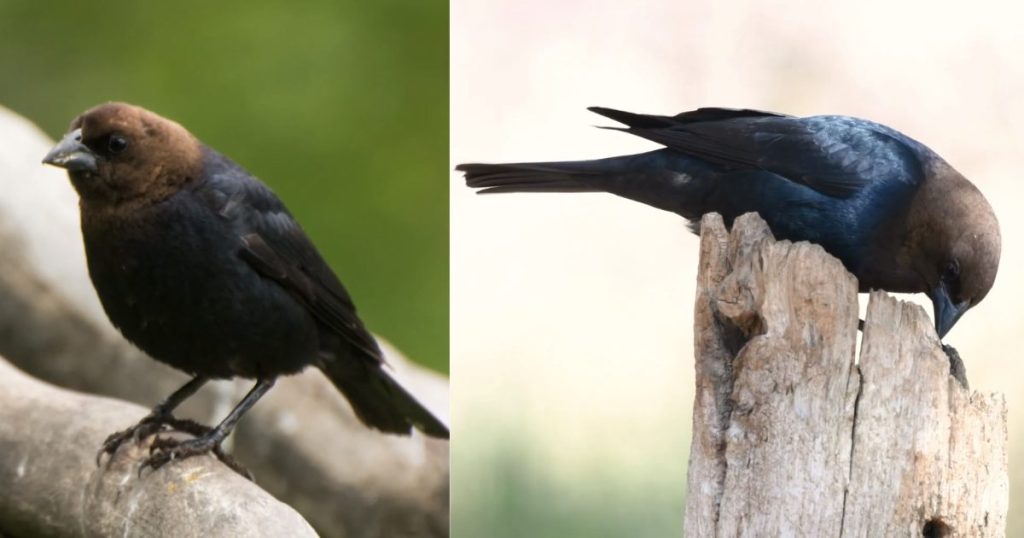
For example, the brown-headed cowbird won’t build a nest at all. Instead, she lays eggs in other birds’ nests, sometimes pushing the host bird’s eggs out of the nest. Some birds will notice the intruding eggs and knock them out of the nest, but others will incubate and hatch these eggs and become foster parents to the baby cowbirds, which may grow much larger than the other baby birds in the nest.
Whether simple stacks of sticks or amazing architectural achievements, all nests are created to protect and nurture developing birds, ensuring the species’ survival.
Whether hanging from a limb or plastered to a cliff, to a bird, a nest is a home sweet home
All images sourced by https://www.youtube.com/watch?v=H8vY7fD7rYU&t=304s